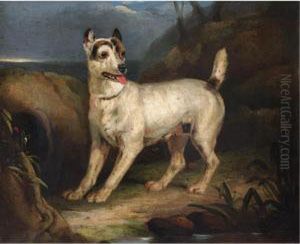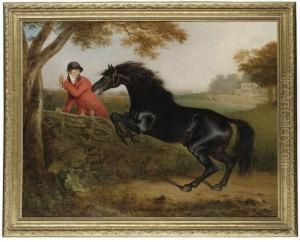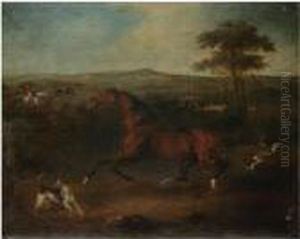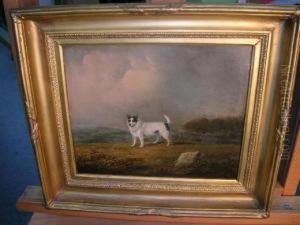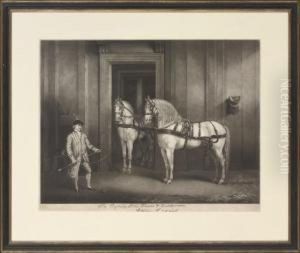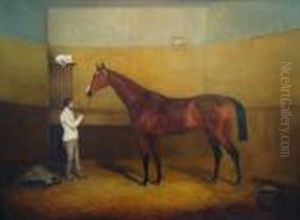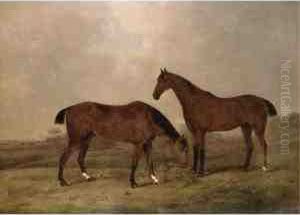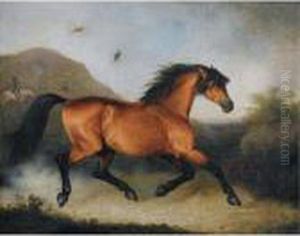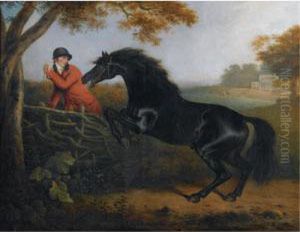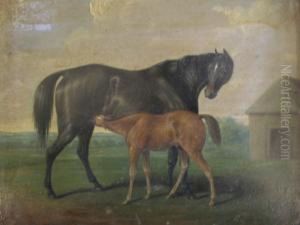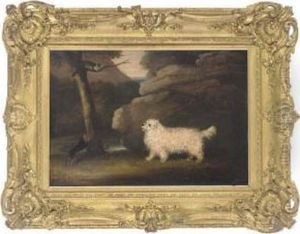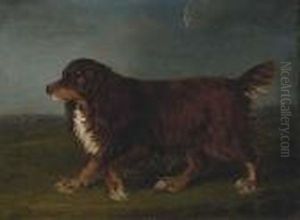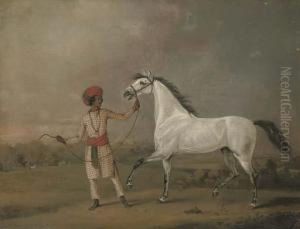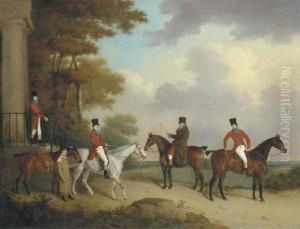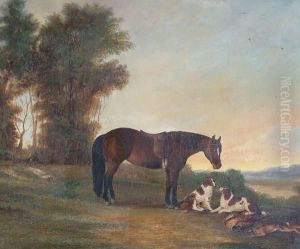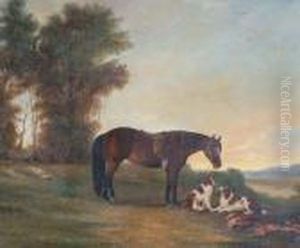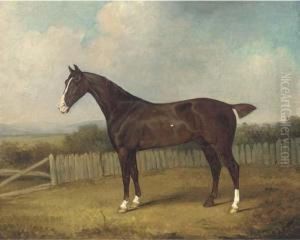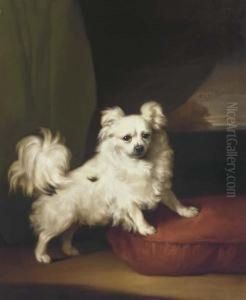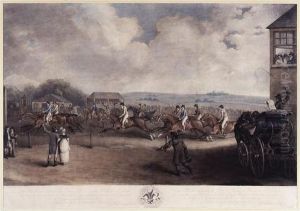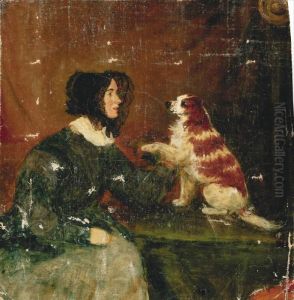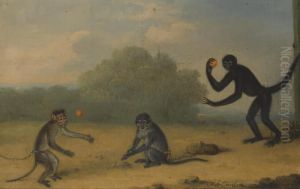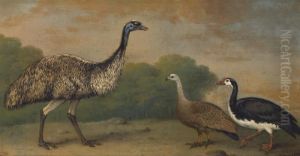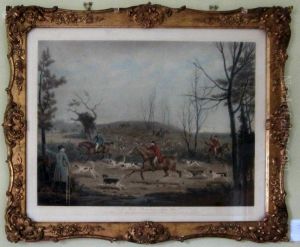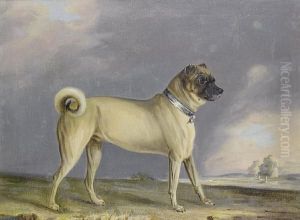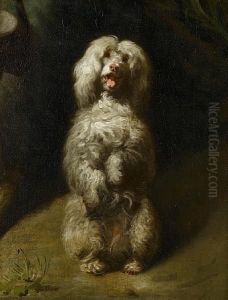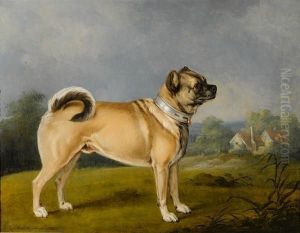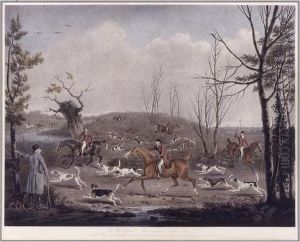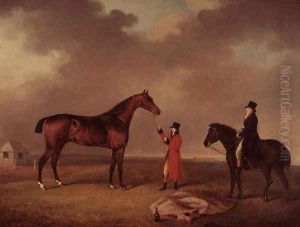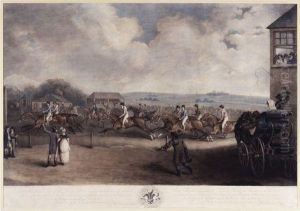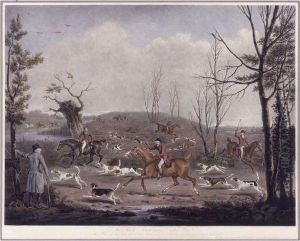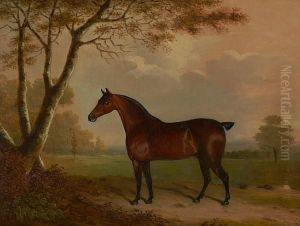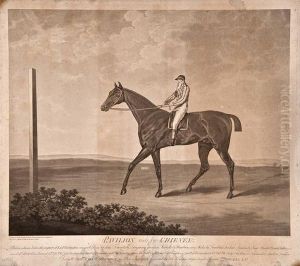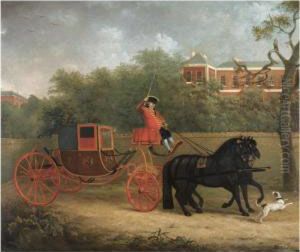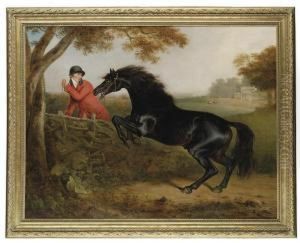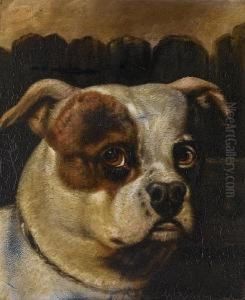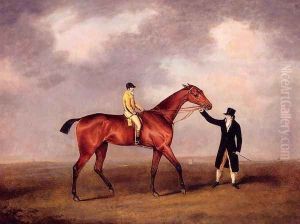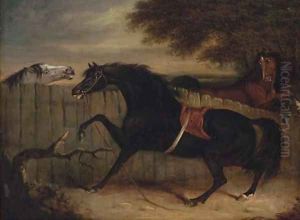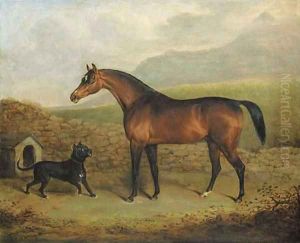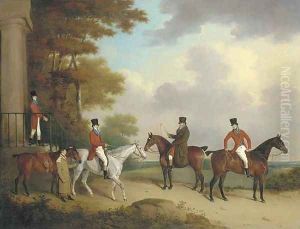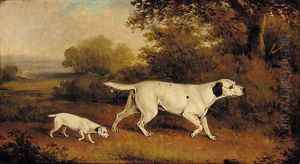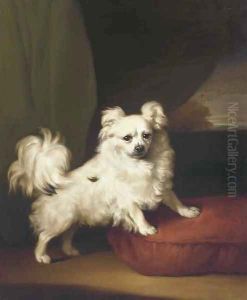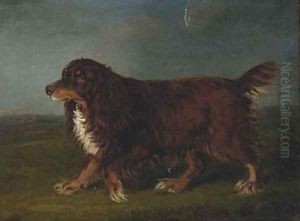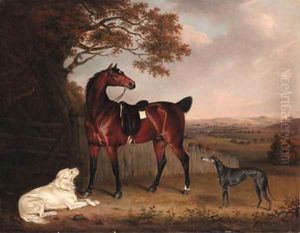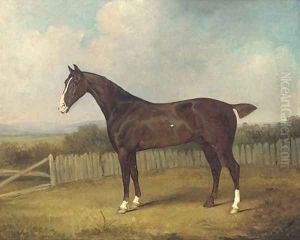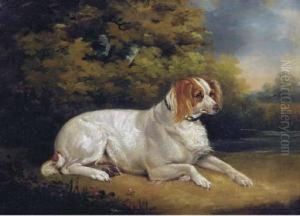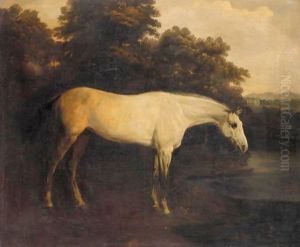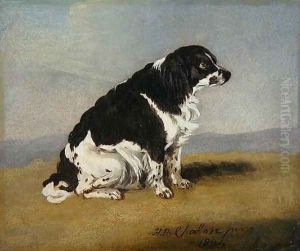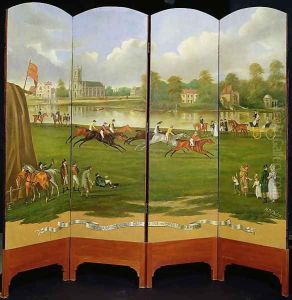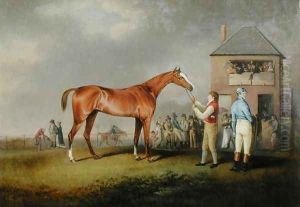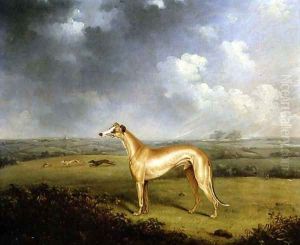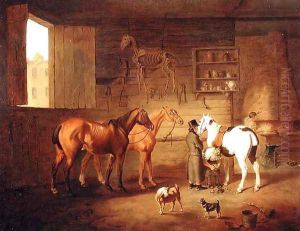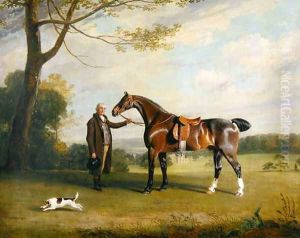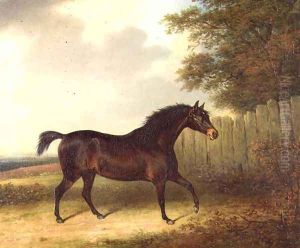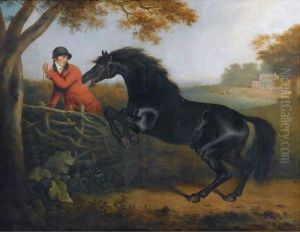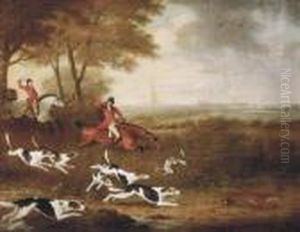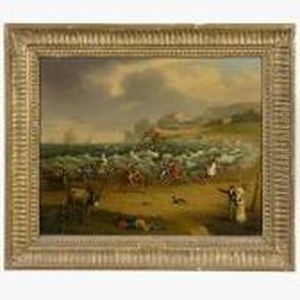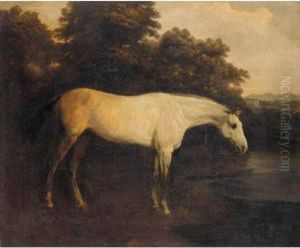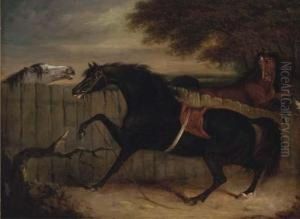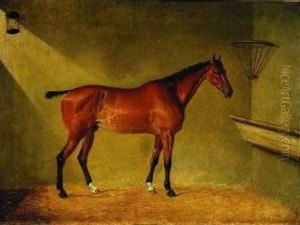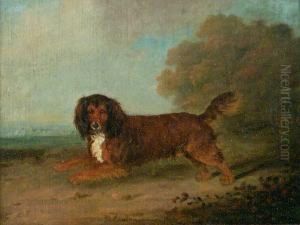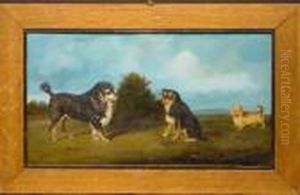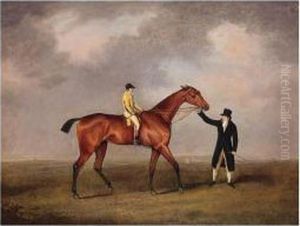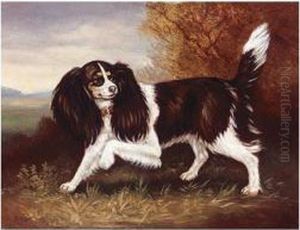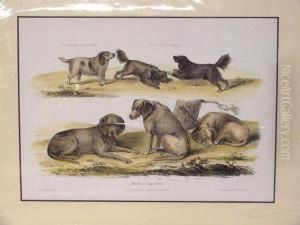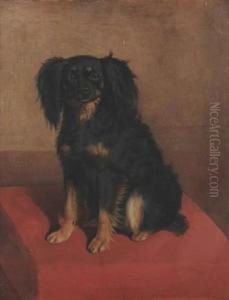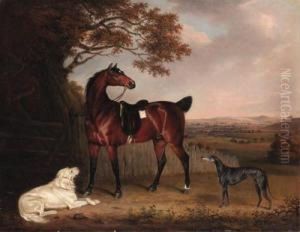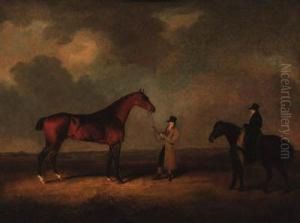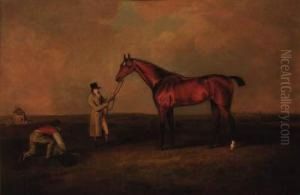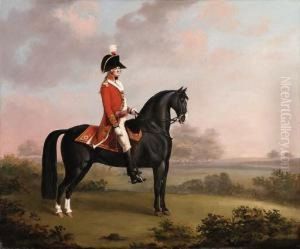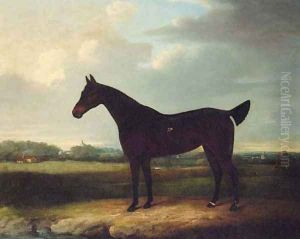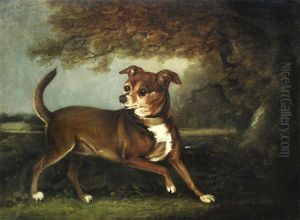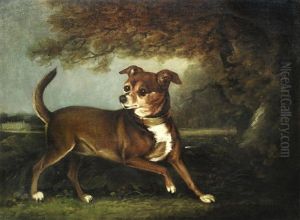Henry Bernard Chalon Paintings
Henry Bernard Chalon was a British artist known for his animal paintings and as the Animal Painter to Her Royal Highness the Duchess of York. Born on March 15, 1770, in London, England, Chalon was a respected member of the British art community in the late 18th and early 19th centuries.
Chalon received his artistic training at the Royal Academy Schools in London, where he exhibited his works from 1791 onwards. His focus on animals as a subject matter was unique at the time and reflected a growing interest in naturalism. He became particularly renowned for his ability to capture the likeness and character of the animals he painted, which ranged from domestic pets to more exotic creatures that were becoming increasingly visible in Britain due to the expansion of the British Empire.
In 1795, Chalon was appointed as the Animal Painter to the Duchess of York, which elevated his status and led to numerous commissions from aristocratic patrons. His work during this period often depicted horses, dogs, and other animals in idyllic landscape settings or as part of hunting scenes, which were popular among the British elite.
Aside from his animal paintings, Chalon also contributed to the field of illustration. He provided illustrations for books such as 'The Sporting Magazine' and 'The Sporting Repository.' These publications were instrumental in disseminating his work to a broader audience and helped establish his reputation as a leading animal painter of his time.
Despite his success, Chalon was not without competition. His contemporaries included artists such as George Stubbs and Edwin Landseer, who were also famous for their animal representations. Nevertheless, Chalon's unique style and the patronage he enjoyed from the Duchess of York helped him to maintain a distinctive place in the art world.
Henry Bernard Chalon continued to paint and exhibit at the Royal Academy until his death on April 16, 1849. His legacy includes a wealth of paintings that capture the elegance and vitality of the animals he portrayed with such care and skill. Today, his works can be found in various art collections, including those of major museums and galleries, and he is remembered as a significant contributor to the genre of animal painting in British art history.
